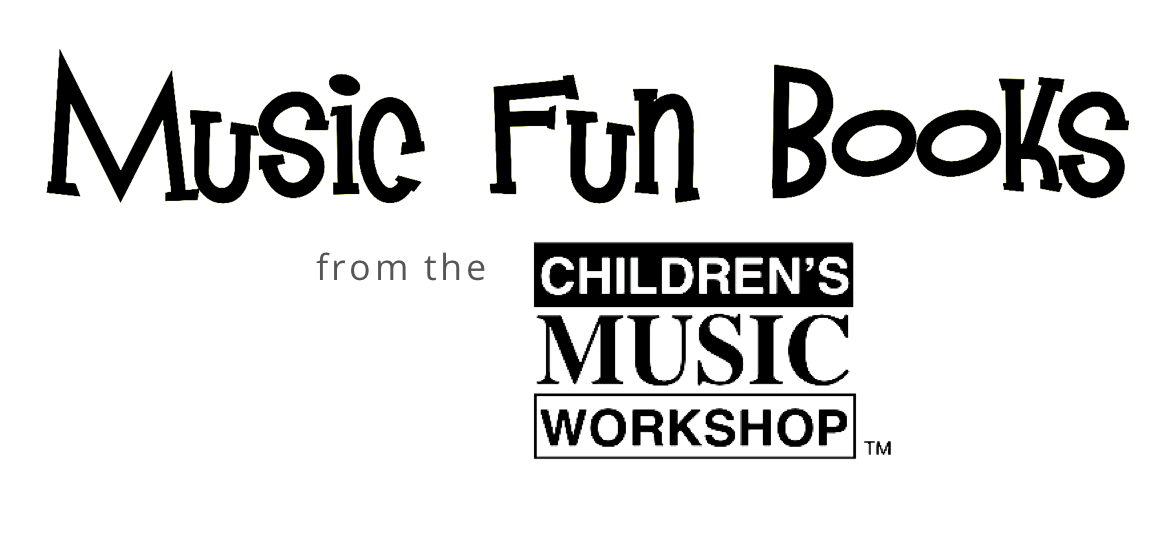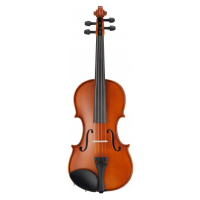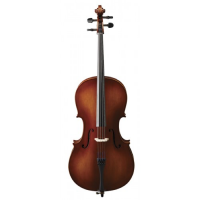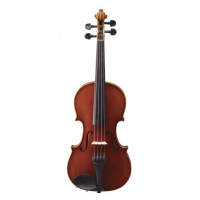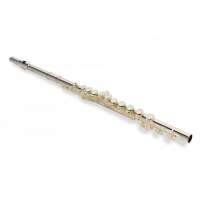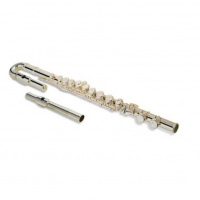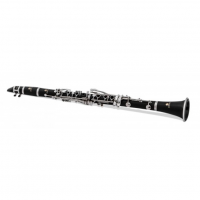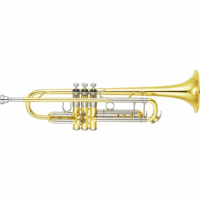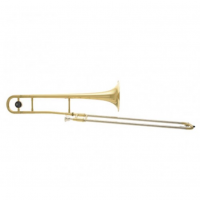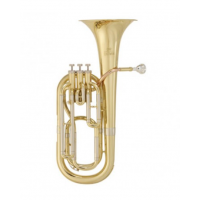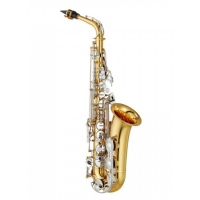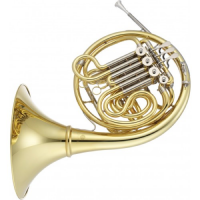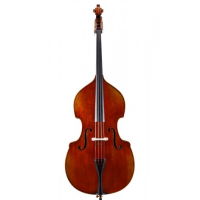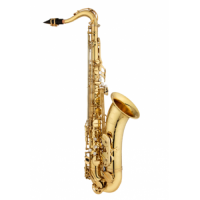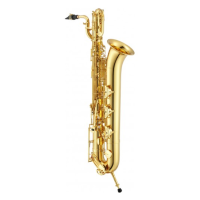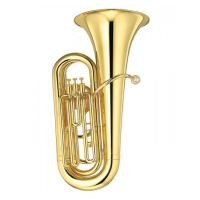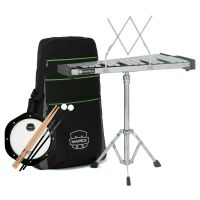History of the Clarinet
How well do you know the history of the clarinet?
Today's modern clarinet has its roots in another single reed instrument known as the chalumeau. The chalumeau was a shepherd's instrument intended for solo play that had a very simple design similar to today's recorder. The player covered combinations of holes (and later keys) with the fingers to produce different notes of a scale.
The clarinet took shape in Germany in the late 17th century under the hands of Johann Christoph Denner, a Nuremberg craftsman, and his son Jacob. They added two keys, including the innovative register key, which increased the range of the chalumeau by over two octaves. They also improved the mouthpiece and enhanced the shape of the bell. The lower register of the clarinet is still known as the "chalumeau register."
Once the clarinet became known in composer circles, adoption of the instrument was swift. Vivaldi and Handel wrote some of the first music to utilize the clarinet and Mozart wrote a range of challenging pieces for it as well. J.C. Bach was the first to introduce the clarinet in London and Wagner was the first to use more than two clarinets in an orchestra. Haydn, Ruggi, Molter, Schumann, Brahms and Gluck were also notable composers for the clarinet.
The clarinet had other inventors who contributed to its design. Iwan Mullers Keys was a clarinet design innovator who greatly improved the working of the keys in the early 19th century by replacing the old simple pivot system with a new spoon key system with leather pads. His clarinet had 13 keys and allowed for a full chromatic scale in any key, improving on the old design that only allowed one scale to be played.
Theobald Boehm was a German mathematical genius and flute maker who discovered the perfect alignment of tone holes for the clarinet in the early 19th century. He also developed a key known as a ring key that allows the player to cover a hole larger than the finger pad. Hyacinthe Klose, a Frenchman, created a model of clarinet called the Klose-Buffet clarinet based on Boehm's theories that is still widely played today. It has seventeen keys and six rights.
Ironically, the Boehm system did not become popular in Boehm's home country. In German-speaking countries, a competing system known as the Muller system took the lead. However, both systems are technically excellent and the differences in playing style are modest.
In the later 19th century, advancements in manufacturing allowed the first machine-made reeds and hard rubber mouthpieces to be made.
Today, the clarinet continues to see enduring interest from players and composers.
Famous Clarinet Players
The clarinet is a popular classical and jazz instrument.
Famous classical clarinet players include Richard Stoltzman, Anton Stadler, Johann Simon Hermstedt, Julian Bliss, Heinrich and Carl Baermann, Jack Brymer, Charles Neidich, Deiter Klocker and Karl Leister.
Well known jazz clarinet players include Woody Herman, Artie Shaw and Benny Goodman and Bennie Maupin.








